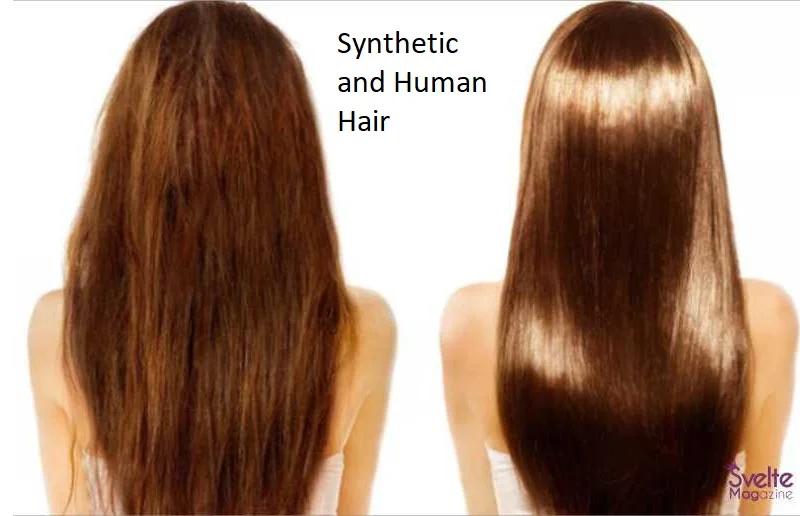
In the world of fashion and textiles, the ability to identify human hair from synthetic fiber is a valuable skill. Understanding the distinctions between these materials may help you avoid costly mistakes and make sure you choose the proper options, whether you’re an experienced expert or a curious consumer. This guide will take you on a journey through the art of identification, providing you with the knowledge needed to tell these fibers apart with confidence.
The Nature of Human Hair
Structure and Characteristics
Human hair is a remarkable natural material. It consists of a protein called keratin and has a unique structure. There are three layers on each hair strand: the cuticle, cortex, and medulla. The outermost layer, the cuticle, is made up of tiny scales that overlap. This gives human hair its characteristic shine.
Variability in Color and Texture
Human hair comes in a wide range of natural colors and textures, influenced by genetics and ethnicity. From straight and sleek to curly and coarse, the diversity of human hair is a testament to nature’s creativity.
Heat Responsiveness
The way that human hair reacts to heat makes it unique. Hot styling equipment like curling and straightening irons can used to style it. When exposed to heat, human hair retains its shape, making it a popular choice for those seeking versatility in styling.
Synthetic Fiber: The Imitation
Composition and Types
Synthetic fibers, on the other hand, are man-made materials created from various polymers. These polymers are processed to mimic the appearance and feel of human hair. Common types of synthetic fibers include polyester, nylon, and acrylic.
Uniformity in Color and Texture
Compared to natural hair, synthetic fibers frequently have a more consistent color and texture. While in some circumstances consistency may desirable, real hair has more depth and natural diversity than synthetic hair.
Heat Resistance
One critical difference is the response to heat. Synthetic fibers are generally not heat-resistant and can melt or deform when exposed to high temperatures. On synthetic hair, using hot styling tools is a formula for disaster. Identifying Human Hair vs. Synthetic Fiber
Visual Inspection
When trying to identify a material, with a visual inspection. Look closely at the strand of hair or fiber. Pay attention to factors like shine, uniformity of color, and texture. Human hair may exhibit subtle variations, while synthetic fiber tends to more consistent.
The Burn Test
The burn test is a trustworthy method for identification. Take a little piece of the material and light it on fire. Human hair burns slowly, emits a peculiar smell that is reminiscent of burning feathers, and turns to brittle ash. Synthetic fibers, on the other hand, burn rapidly, frequently producing black smoke and a melted, bead-like residue.
The Feel Test
The tactile sense is another valuable tool. Run your fingers through the material. Human hair typically feels softer and more pliable, while synthetic fiber can feel somewhat stiff or artificial.
Consult a Professional
When in doubt, consult a professional. Hair stylists, textile experts, and forensic scientists are trained in identifying different materials with precision.
Conclusion
In the intricate world of identifying human hair and synthetic fiber, knowledge is power. Armed with the information presented here, you are now equipped to confidently distinguish between these two materials. Always rely on your sense of touch, the burn test, and visual inspection. When in doubt, consult professionals for advice. Happy recognizing!
In this comprehensive guide, we’ve delved into the art of identifying human hair and synthetic fiber. We explored their unique characteristics, differences, and methods for distinguishing between them. Armed with this knowledge, you can make informed choices in the world of fashion, cosmetics, and textiles.
